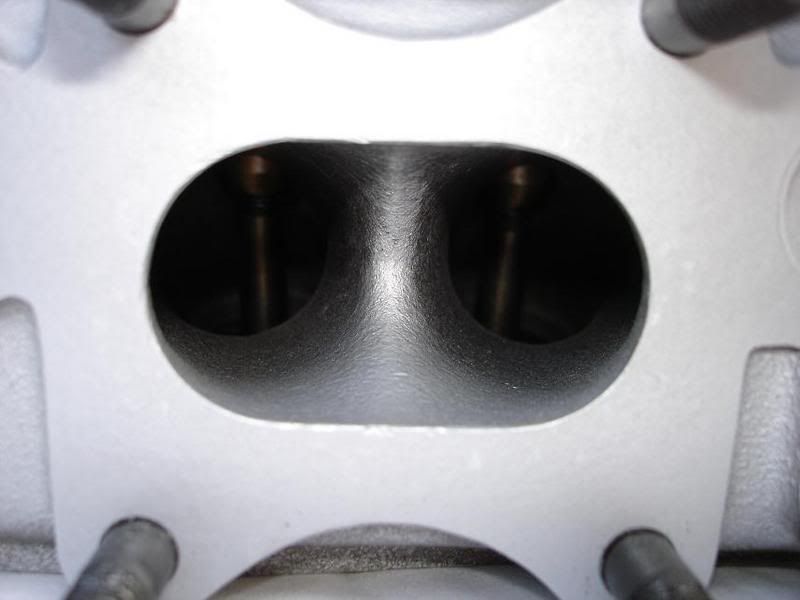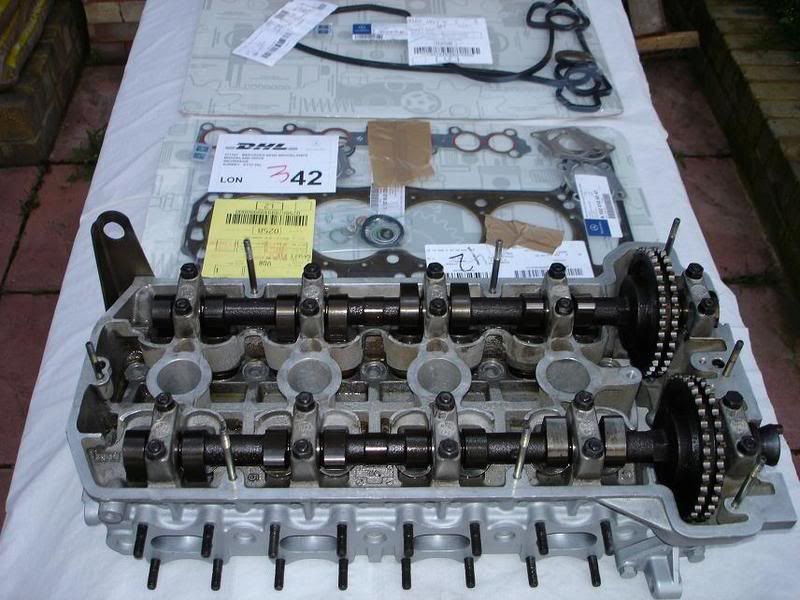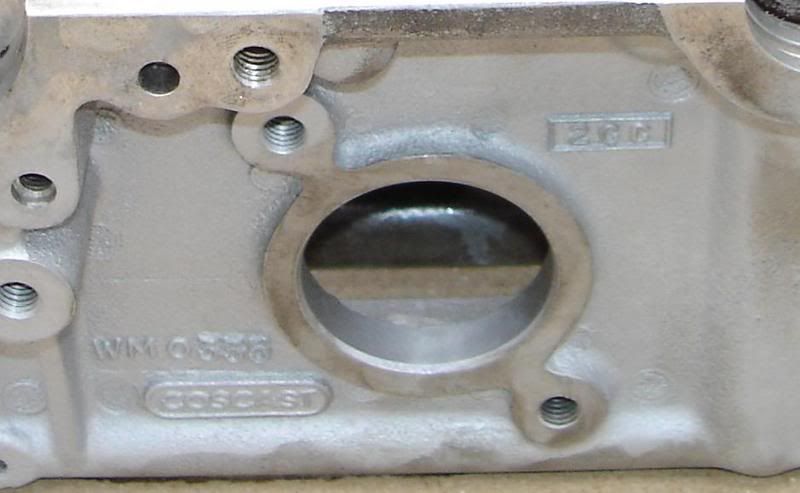Hi guys,
A quick question regarding the timing on a 2.5-16:
With the engine at TDC on cylinder 1, crank pulley exactly at 0/T marking, and the cams in the correct postion, how low should the dots on the cam sprockets be? What I mean is, from all the pics/diagrams I've seen, they look like they are opposite each other, and slightly raised (literally a couple of mm) from the head/valve cover mating surface. Is this correct or should they be literally invisible and absolutely level on the actual mating surface?
With a used timing chain compared to new, should there be even the slightest difference regarding the alignment of 0T on the crank pulley and the two dots being perfectly opposite? I've heard of chain wear/stretch causing timing to be a degree or so out? Should/Would this show up when timing the engine and turning over slowly manually?
I'm trying to establish how much difference could be made by the timing being one tooth up or down somewhere along the line, surely if the crank pulley was one tooth either way, it would cause a difference of several degrees advance/lag compared to the cam aligment?
If when timing an engine up both cams were, for example, a mm or two too high with regards to the dots, if you turned the exhaust cam ever so slightly clockwise, and the inlet ever so slightly anti-clockwise, would there be enough movement to allow for chain to be 1/2 tooth further round on each - if that makes any sense!
Ie, by turning both cams round, it would put the chain one tooth overall further round, allowing them to line up with the dots being 100% exactly level with the head/valve cover mounting surface?
Is this something that is very easy to get wrong, and very hard to get perfectly set up?
Many thanks,
Will
A quick question regarding the timing on a 2.5-16:
With the engine at TDC on cylinder 1, crank pulley exactly at 0/T marking, and the cams in the correct postion, how low should the dots on the cam sprockets be? What I mean is, from all the pics/diagrams I've seen, they look like they are opposite each other, and slightly raised (literally a couple of mm) from the head/valve cover mating surface. Is this correct or should they be literally invisible and absolutely level on the actual mating surface?
With a used timing chain compared to new, should there be even the slightest difference regarding the alignment of 0T on the crank pulley and the two dots being perfectly opposite? I've heard of chain wear/stretch causing timing to be a degree or so out? Should/Would this show up when timing the engine and turning over slowly manually?
I'm trying to establish how much difference could be made by the timing being one tooth up or down somewhere along the line, surely if the crank pulley was one tooth either way, it would cause a difference of several degrees advance/lag compared to the cam aligment?
If when timing an engine up both cams were, for example, a mm or two too high with regards to the dots, if you turned the exhaust cam ever so slightly clockwise, and the inlet ever so slightly anti-clockwise, would there be enough movement to allow for chain to be 1/2 tooth further round on each - if that makes any sense!
Ie, by turning both cams round, it would put the chain one tooth overall further round, allowing them to line up with the dots being 100% exactly level with the head/valve cover mounting surface?
Is this something that is very easy to get wrong, and very hard to get perfectly set up?
Many thanks,
Will







 :bannana:
:bannana: